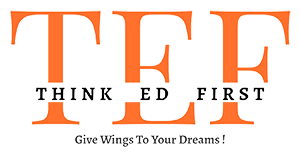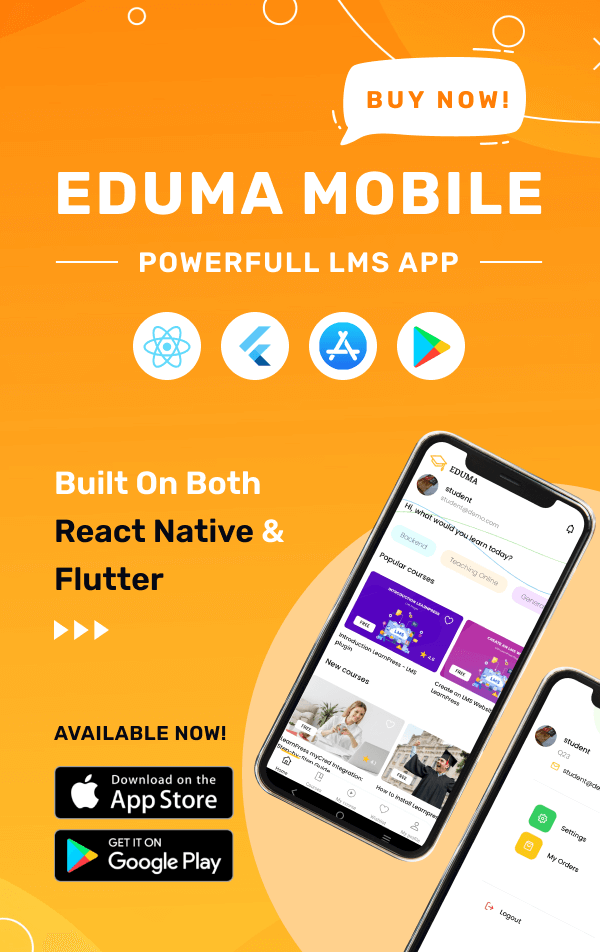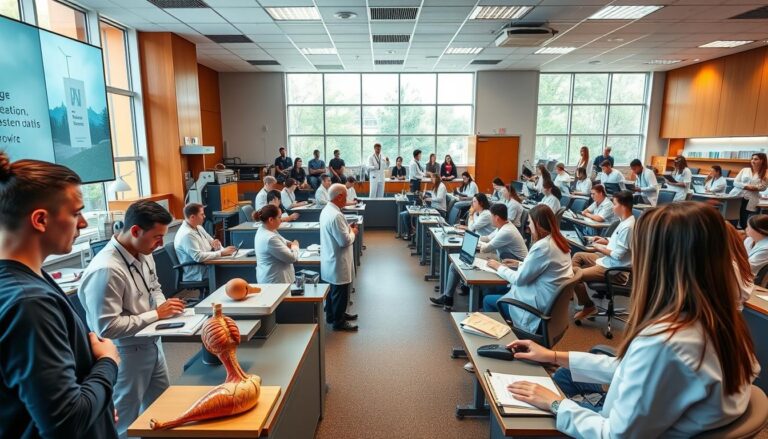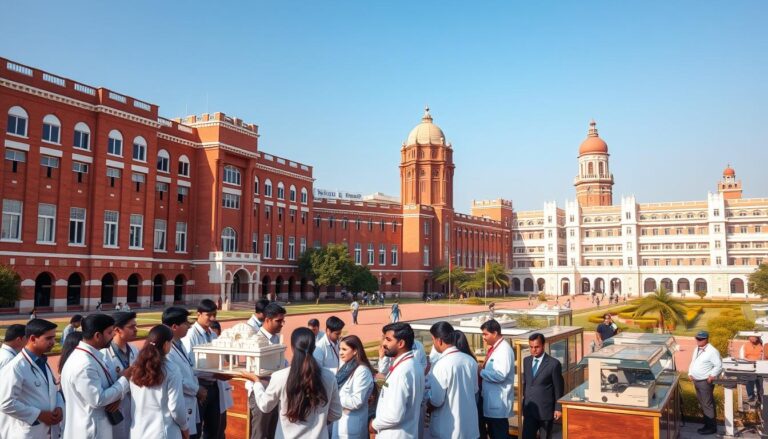Are rankings the only way to measure the quality of a medical college? While systems like NIRF provide insights, they often evaluate only a limited number of institutions. With over 700 colleges offering medical education, relying solely on reputation can lead to missed opportunities.
Students must consider factors like clinical exposure, faculty expertise, and infrastructure. These elements play a crucial role in shaping a successful career. Personalized evaluation ensures the decision aligns with long-term goals.
Accreditation, academic quality, and financial planning are equally important. Understanding these parameters helps in making an informed choice. Let’s explore what truly matters when assessing a medical college.
Why Accreditation and Recognition Matter Most
The value of a medical degree hinges on proper recognition. Accreditation ensures that institutions meet quality standards, making it a critical factor in your decision. Without it, even the best programs may not prepare you for licensing or global opportunities.
National Medical Commission (NMC) Approval
NMC recognition is mandatory for license eligibility. Institutions like GS Medical College, approved by the NMC, ensure students meet national standards. This approval also guarantees that graduates can practice legally and pursue further education.
Non-NMC approved programs can lead to legal issues and limited job prospects. Always verify accreditation through the NMC’s official portal to avoid such pitfalls.
University Affiliations and Global Validity
University affiliations enhance the global validity of your degree. GS Medical College, for example, has international partnerships that open doors to global practice and research. These affiliations align with WHO and FAIMER listings, ensuring your degree is recognized worldwide.
Government and private institutions differ in their recognition processes. Government colleges often have established reputations, while private ones may offer unique affiliations. Both types require thorough evaluation to ensure they meet your goals.
| Criteria | Government Institutions | Private Institutions |
|---|---|---|
| Accreditation | Established NMC approval | May have unique affiliations |
| Fees | Lower tuition costs | Higher fees, but more scholarships |
| Global Recognition | Strong national reputation | International partnerships |
Accreditation serves as a foundation for lifelong learning and global recognition. It ensures your education aligns with international standards, preparing you for a successful career in medicine.
How to Choose Medical College India Based on Academic Excellence
Academic excellence is a cornerstone of any top-tier medical institution. It ensures students gain the knowledge and skills needed for a successful career. Beyond rankings, factors like curriculum design, faculty expertise, and research opportunities play a vital role.
Curriculum Alignment with International Standards
Modern medical education demands a curriculum aligned with global standards. The Competency-Based Medical Education (CBME) approach is now widely adopted in institutions like GS Medical College. This method focuses on practical skills and real-world applications, preparing students for diverse challenges.
Case-based learning and simulation labs enhance understanding and retention. These tools bridge the gap between theory and practice, ensuring students are well-prepared for clinical scenarios.
Faculty Expertise and Teaching Methodologies
Experienced faculty members are essential for effective learning. Institutions with low faculty attrition rates, like AIIMS and CMC Vellore, provide consistent mentorship. A favorable faculty-student ratio ensures personalized attention and better outcomes.
Teaching methodologies have evolved beyond traditional lectures. Flipped classrooms and interactive sessions encourage active participation. These methods foster critical thinking and problem-solving skills.
Research Opportunities and Innovation
Research is a cornerstone of medical advancement. Top institutions offer undergraduate research opportunities, allowing students to contribute to the field. Partnerships with hospitals and industries provide access to cutting-edge projects.
Innovation hubs and medical conferences further enrich the learning experience. Students gain exposure to the latest developments, enhancing their career prospects.
| Teaching Methodology | Traditional Lectures | Flipped Classrooms |
|---|---|---|
| Focus | Instructor-led | Student-centered |
| Engagement | Passive learning | Active participation |
| Outcome | Memorization | Critical thinking |
Academic excellence ensures a well-rounded education, preparing students for the challenges of modern medicine. By evaluating these factors, students can make informed decisions about their future.
Assessing Clinical Exposure and Hospital Partnerships
Clinical exposure is a defining factor in medical education. It bridges the gap between classroom learning and real-world practice. Institutions with strong hospital partnerships provide students with invaluable hands-on training.

For example, GS Medical College’s 1,200-bed multi-specialty hospital offers diverse learning opportunities. Students interact with a minimum of 3,000 annual OPD patients, ensuring exposure to a wide range of cases. This diversity enhances their ability to diagnose and treat effectively.
Patient Diversity and Case Variety
Patient diversity plays a crucial role in shaping a well-rounded medical professional. Exposure to varied cases prepares students for the complexities of modern healthcare. Institutions with high OPD and IPD numbers ensure students encounter a broad spectrum of medical conditions.
Early clinical exposure programs, like those at GS Medical College, integrate theoretical learning with practical sessions. Students participate in surgical procedures and emergency handling, gaining confidence and competence. This approach fosters critical thinking and problem-solving skills.
Internship Quality and Hands-On Training
Internships are a cornerstone of medical education. They provide students with the opportunity to apply their knowledge in real-world settings. Institutions offering night duty rotations and emergency training ensure students are well-prepared for their careers.
However, bond agreements can affect internship choices. Some states require students to complete internships at specific hospitals, limiting their options. Evaluating these requirements helps students make informed decisions about their training.
Hands-on training in tertiary care centers and community hospitals offers different experiences. While tertiary centers provide exposure to advanced procedures, community hospitals focus on primary care. Both are essential for a comprehensive education.
Evaluating Infrastructure and Campus Facilities
Modern facilities are essential for fostering academic and personal growth. A well-designed campus ensures students have access to resources that enhance their learning experience. From advanced labs to comfortable hostels, every aspect of infrastructure plays a crucial role in shaping a student’s journey.
Labs, Libraries, and Technology
State-of-the-art labs are a cornerstone of medical education. Institutions like GS Medical College equip their dissection labs with biomedical equipment that meets global standards. These facilities allow students to gain hands-on experience, bridging the gap between theory and practice.
Digital libraries with over 15,000 journals provide access to cutting-edge research. Wi-Fi-enabled smart classrooms ensure seamless learning, even in remote settings. These technological advancements prepare students for the demands of modern healthcare.
Hostel Amenities and Student Support Services
Comfortable hostels are vital for student well-being. Safety protocols, including CCTV coverage, ensure a secure living environment. Food hygiene certifications in mess facilities guarantee healthy meals, supporting students’ physical health.
Beyond physical amenities, mental health counseling services are available to address emotional needs. Sports facilities promote wellness, offering students a balanced lifestyle. These support systems create a nurturing environment for academic success.
| Feature | Description |
|---|---|
| Labs | Equipped with biomedical tools for practical training. |
| Libraries | Digital access to 15,000+ journals and resources. |
| Technology | Wi-Fi-enabled smart classrooms for interactive learning. |
| Hostels | Safe, hygienic, and equipped with modern amenities. |
| Support Services | Mental health counseling and sports facilities. |
Institutions with advanced infrastructure, like those offering modern medical training facilities, set students up for success. Evaluating these factors ensures a fulfilling educational experience.
Understanding Financial Considerations and Fees
Financial planning is a critical step in pursuing a medical education. Beyond tuition, students must account for hidden costs and explore funding options. A clear understanding of expenses ensures a smooth academic journey.
Tuition Fees and Hidden Costs
Tuition fees vary significantly between government and private institutions. Government colleges charge between ₹15,000 and ₹50,000 annually, while private colleges can range from ₹10 lakh to ₹25 lakh. These figures often exclude additional expenses.
Hidden costs include development charges, lab deposits, and study tours. Students should also budget for exam fees, lab coats, and books. A detailed fee breakdown helps avoid unexpected financial strain.
Scholarships and Payment Plans
Scholarships provide financial relief for deserving students. GS Medical College offers merit-cum-means scholarships based on academic performance and economic background. Eligibility criteria often include income limits and academic achievements.
Payment plans and education loans are viable options for managing fees. Nationalized banks offer lower interest rates compared to NBFCs. Income tax benefits under Section 80E further reduce the financial burden.
| Criteria | Government Colleges | Private Colleges |
|---|---|---|
| Tuition Fees | ₹15,000 – ₹50,000 | ₹10 lakh – ₹25 lakh |
| Hidden Costs | Minimal | Development charges, lab deposits |
| Scholarships | Limited | Merit-cum-means, private funding |
For students seeking affordable options, exploring low-cost MBBS programs abroad can be a practical alternative. Financial considerations play a pivotal role in shaping a successful medical career.
The Impact of Location and Accessibility
Location plays a pivotal role in shaping the medical education experience. Urban areas like Delhi NCR offer excellent connectivity, reducing travel time to airports and railway stations. This accessibility ensures students can focus on their studies without logistical challenges.
Rural settings, on the other hand, provide unique opportunities in community health programs. Students gain hands-on experience in underserved areas, preparing them for diverse healthcare scenarios. However, limited public transport can pose challenges.
State-level variations in infrastructure also impact accessibility. For example, Tamil Nadu and Karnataka have a higher concentration of institutions, ensuring better access. In contrast, states like Bihar face disparities due to fewer colleges relative to their population.
Urban vs. rural patient demographics further influence clinical training. Metro cities expose students to a wide range of cases, while rural areas focus on primary care. Both settings are essential for a well-rounded education.
Disaster response training in flood-prone areas adds another layer of preparedness. Institutions in such locations equip students with skills to handle emergencies effectively. Campus security in high-crime zones is also a critical consideration for student safety.
Public transport frequency analysis helps students plan their daily commute. Reliable connectivity ensures punctuality and reduces stress, contributing to a better learning environment. Evaluating these factors ensures the chosen location aligns with personal and academic goals.
Conclusion: Making an Informed Decision for Your Medical Career
Your career path depends on thoughtful evaluation of educational options. A strong alumni network, like GS Medical College’s, offers mentorship and guidance, enhancing your professional journey. With a 94% internship placement rate in NMC-approved institutions, students gain practical experience that prepares them for real-world challenges.
Consider the 5-year ROI of your education costs. Alumni mentoring programs provide valuable insights, helping you navigate the complexities of the healthcare field. Emerging trends, such as AI integration in education, are reshaping learning methods, ensuring you stay ahead in your career.
Before finalizing your decision, visit campuses and interview stakeholders. Use a checklist to evaluate infrastructure, faculty, and clinical exposure. Align your choice with personal priorities, ensuring it supports your long-term goals. A well-informed decision sets the foundation for a successful and fulfilling career in healthcare.





